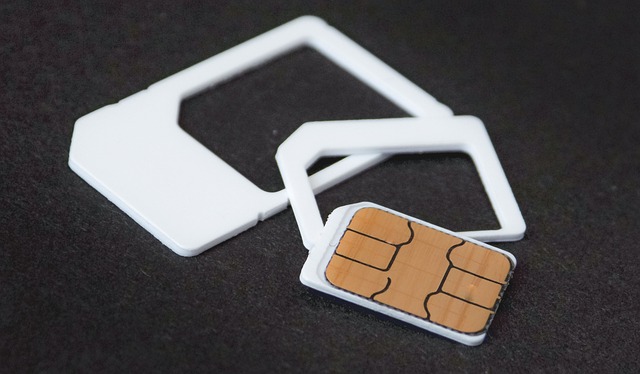Is the Hyundai Kona a Smart Buy in 2025 Considering Its Price?
The Hyundai Kona has established itself as a compelling option in the compact SUV segment, but with evolving automotive markets and changing consumer priorities in 2025, potential buyers are rightfully questioning whether this vehicle represents a wise investment. The Kona's positioning between traditional compact cars and larger SUVs offers unique advantages, yet understanding its value proposition requires examining multiple factors beyond the initial purchase price. From fuel efficiency considerations to technology features and long-term reliability, the decision involves weighing current market conditions against personal transportation needs and budget constraints.

What Is the Hyundai Kona Price in 2025?
The Hyundai Kona’s pricing structure in 2025 reflects the brand’s strategy to compete aggressively in the compact SUV market. The base SE trim typically starts around $24,000, while mid-level trims like the SEL range from $26,500 to $28,000. Higher-end Limited trims can reach $30,000 to $32,000, depending on optional packages and regional market variations. The Electric Kona variant commands a premium, generally starting near $35,000 before federal tax incentives.
These price points position the Kona competitively against rivals like the Nissan Kicks, Mazda CX-30, and Subaru Crosstrek. Market dynamics, including supply chain considerations and regional dealer incentives, can influence actual transaction prices. Additionally, Hyundai’s frequent promotional financing offers and lease programs can significantly affect the total cost of ownership, making it essential for buyers to evaluate current incentives when calculating real-world affordability.
Which Hyundai Kona Features Justify the Investment?
The Kona’s feature set demonstrates Hyundai’s commitment to providing substantial value across trim levels. Standard safety features include forward collision-avoidance assist, lane keeping assist, and driver attention warning systems. The infotainment system incorporates an 8-inch touchscreen with Apple CarPlay and Android Auto compatibility, even on base models.
Interior space optimization maximizes passenger comfort despite the compact footprint, while cargo capacity of approximately 45 cubic feet with rear seats folded accommodates practical daily needs. Higher trims add premium materials, heated and ventilated seats, wireless device charging, and an upgraded audio system. The available all-wheel-drive system enhances capability for various weather conditions and light off-road scenarios.
Build quality improvements over previous generations address earlier reliability concerns, while Hyundai’s comprehensive warranty coverage provides additional peace of mind. The combination of practical features, safety technology, and warranty protection creates a compelling value proposition that extends beyond the initial purchase price.
What Makes the Hyundai Kona a Practical Choice?
Several factors contribute to the Kona’s practical appeal in today’s automotive landscape. Fuel economy ratings of approximately 31 mpg combined for front-wheel-drive models help offset rising fuel costs, while the turbocharged engine option provides adequate power for highway merging and mountain driving without sacrificing efficiency significantly.
The compact dimensions make urban parking and maneuvering manageable, yet interior space remains competitive with larger vehicles. Maintenance costs typically align with Hyundai’s reputation for affordable service, and widespread dealer networks ensure accessible support. The vehicle’s styling has aged well, potentially supporting better resale values compared to more polarizing designs in the segment.
Ground clearance and available all-wheel drive expand capability beyond typical compact cars, enabling confident navigation of varied terrain and weather conditions. This versatility appeals to buyers seeking single-vehicle solutions for diverse transportation needs without the fuel penalty associated with larger SUVs.
| Trim Level | Starting Price Range | Key Features | Fuel Economy (Combined) |
|---|---|---|---|
| Kona SE | $24,000 - $25,000 | Standard safety suite, 8” touchscreen, cloth seating | 31 mpg |
| Kona SEL | $26,500 - $28,000 | Blind spot monitoring, roof rails, upgraded interior | 30 mpg |
| Kona Limited | $30,000 - $32,000 | Leather seating, premium audio, sunroof | 29 mpg |
| Kona Electric | $35,000+ | 258-mile range, fast charging, unique styling | 120 MPGe |
Prices, rates, or cost estimates mentioned in this article are based on the latest available information but may change over time. Independent research is advised before making financial decisions.
The Hyundai Kona represents a measured approach to compact SUV ownership, balancing practical benefits with reasonable costs. While not revolutionary, its combination of features, warranty coverage, and competitive pricing creates a solid foundation for buyers prioritizing reliability and value over cutting-edge technology or luxury appointments. The decision ultimately depends on individual priorities, with the Kona serving those who value straightforward transportation solutions backed by comprehensive manufacturer support.




